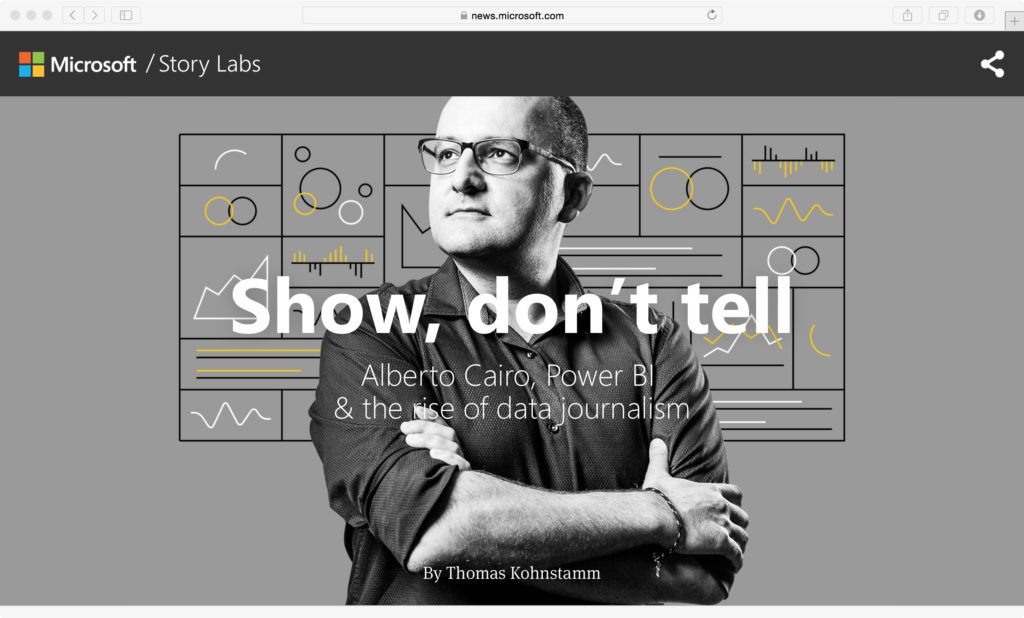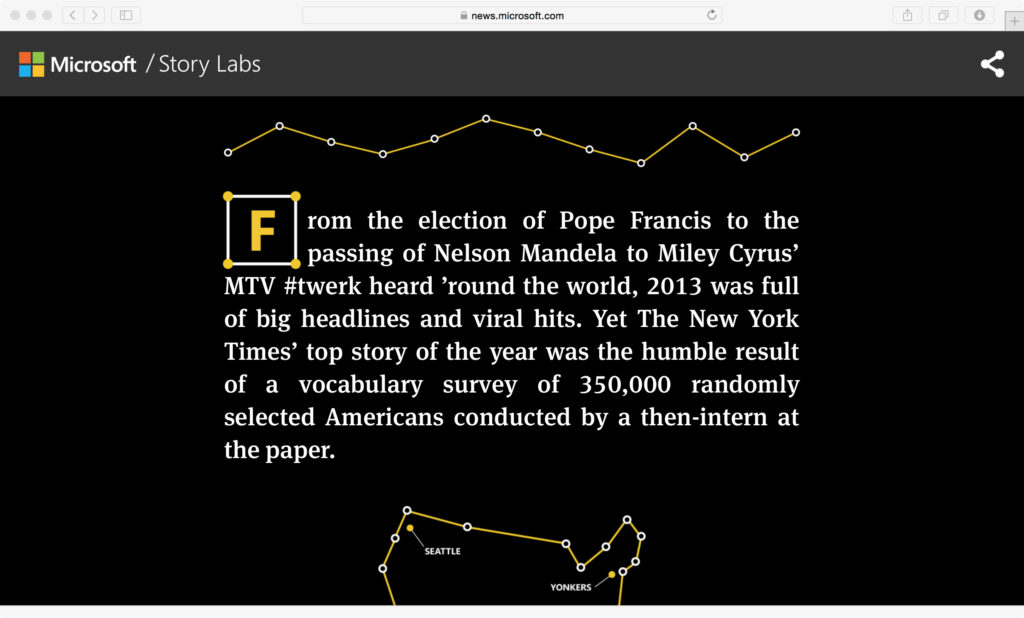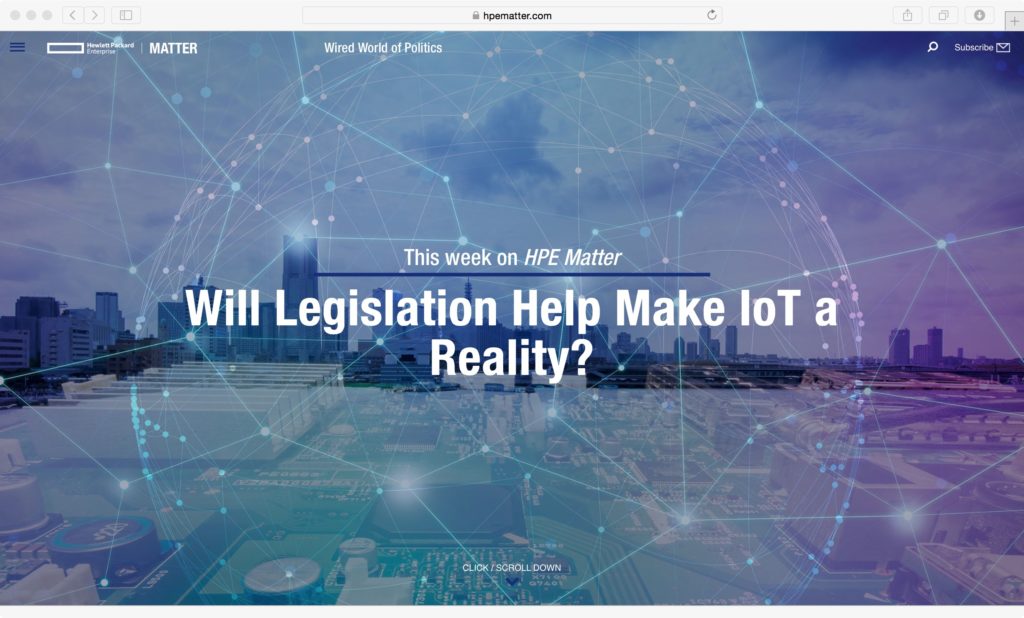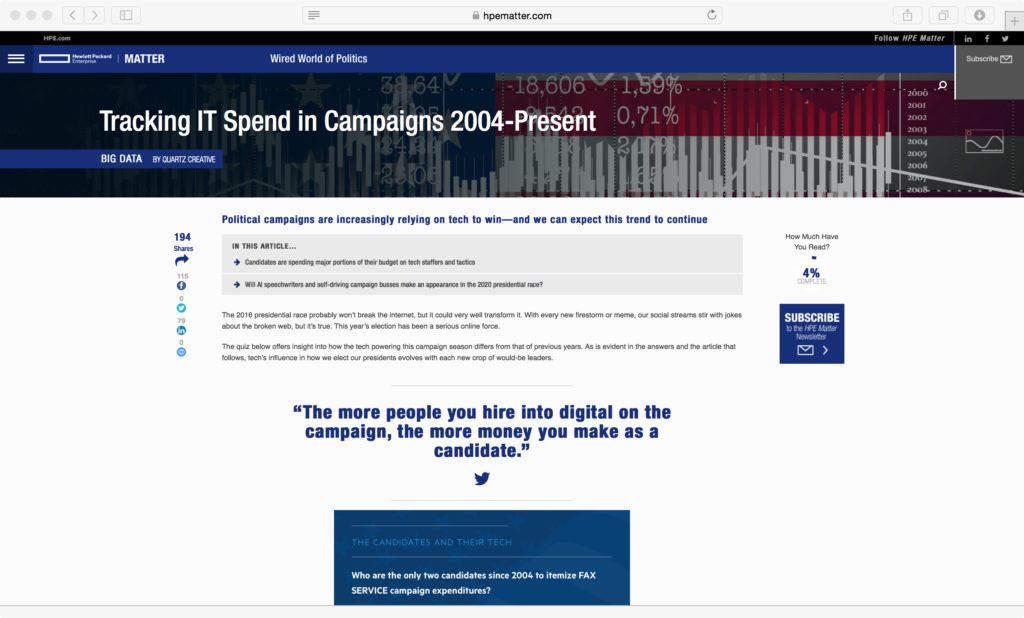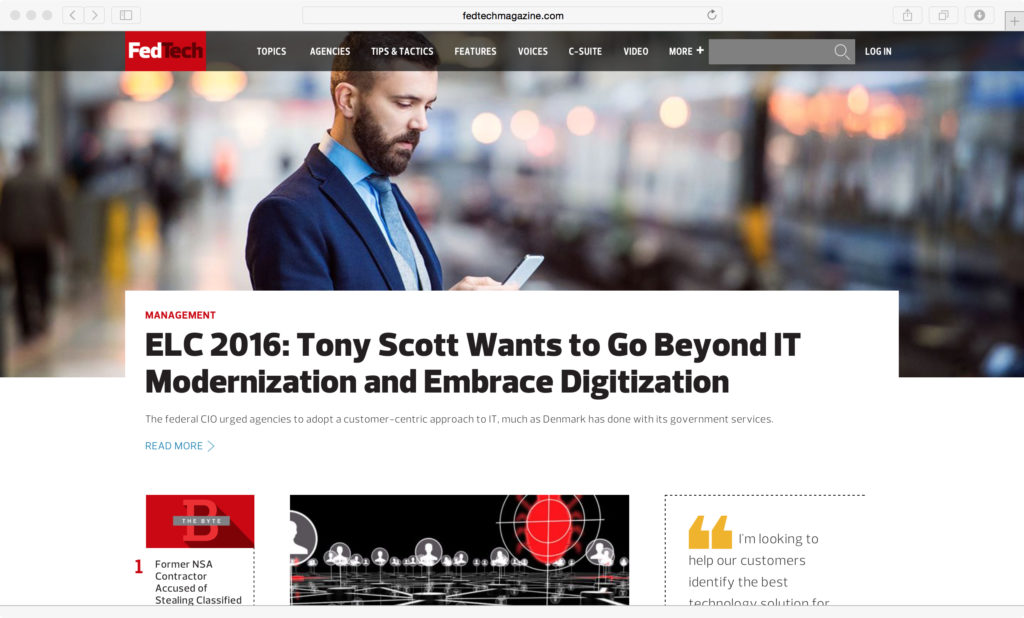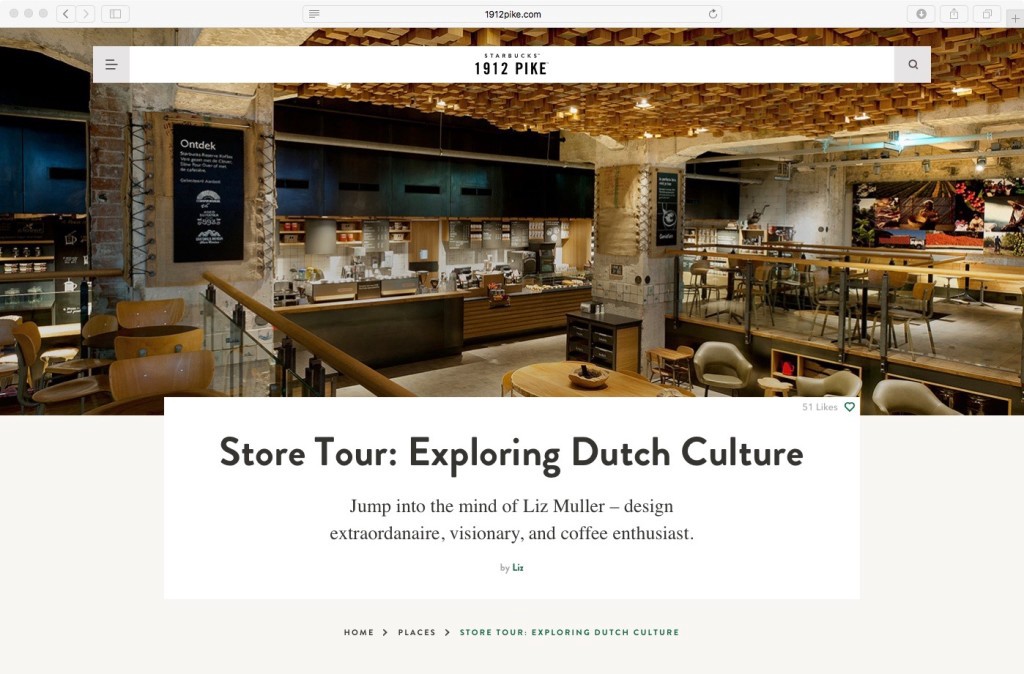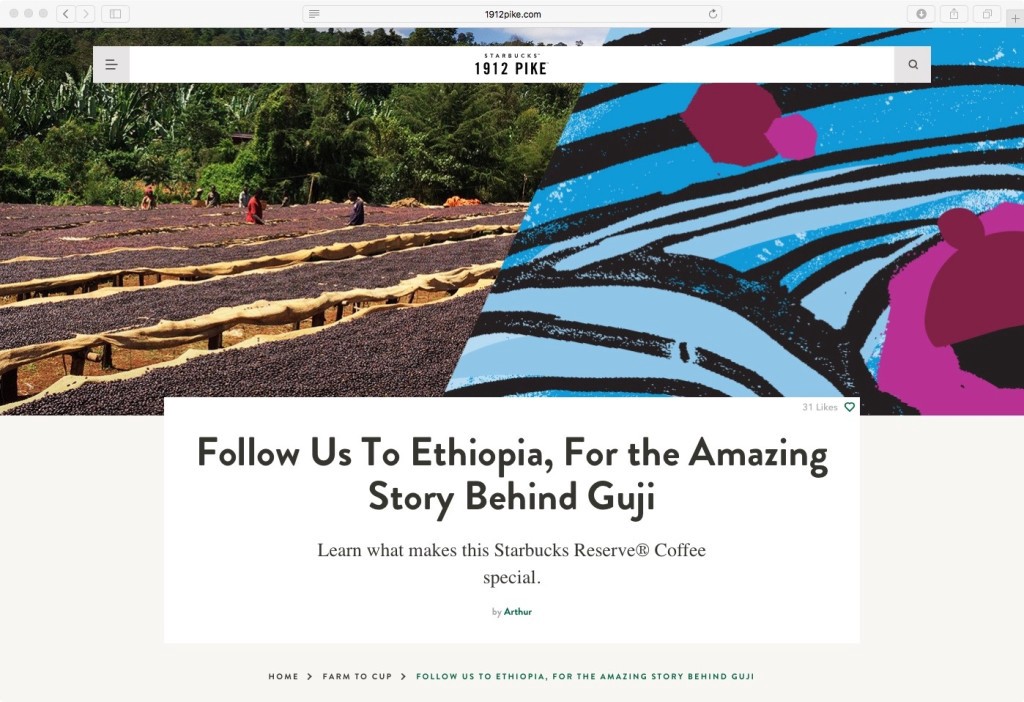Beyond Intel and GE Reports: 3 Tech Blogs To Inspire Your Content Marketing
When it comes to tech content marketing, there’s a “Marsha, Marsha, Marsha” problem. Most people only think/talk/gush about Intel IQ and GE Reports. But if you click around, you’ll find several content hubs that are just as inspired (and inspiring). Here are three companies we feel are doing tech content right:
Microsoft
Microsoft Story Labs — formerly Microsoft Stories — takes the “low and slow” approach to content marketing. They don’t publish frequently, but when they do they make up for lost time. Their multimedia stories on innovation are every bit as researched and well written as anything you’d find on Wired or Fast Company.
Take Microsoft’s most recent piece on business intelligence and data journalism. It’s a compelling longread filled with historical examples, insights from a leading expert and, yes, plenty of data viz. The whole thing ends with five online courses Microsoft co-created with the aforementioned expert (Albert Cairo, the visualization program director at the University of Miami’s Center for Computational Science). This kind of exhaustive effort isn’t even an outlier for Microsoft, as they’ve previously published everything from virtual tours to video-heavy reports.
HPE
If the HPE name wasn’t on the site, you’d never suspect that Matter is the flagship content property of a company that turns one next week. The online magazine has an incredible level of polish. This is the result of the Hewlett Packard-spinoff collaborating with an outside creative partner to commission articles and videos from Quartz, Fast Company, The Atlantic and well-known documentary filmmakers.
Each month the enterprise software firm publishes an “issue” featuring multiple POVs on a single topic. Seasonality plays a big role. Case in point: this month’s issue is the Wired World of Politics and last month’s issue was The Sports Tech Revolution. While many brands choose to work with content clearinghouses like Skyword and Contently, HPE is one of the few (if only) we’ve seen that’s tapped several publishers in order to create a journalistic endeavor. It reads like it, too.
CDW
While Microsoft chose a relatively narrow focus and HPE went with a structure that allows for a multitude of perspectives, CDW went with something in-between. The e-commerce giant created a suite of niche blogs serving the disparate groups who purchase tech products from them. The two-pronged EdTech Magazine serves both K-12 and higher education professionals. BizTech Magazine is for those working in the enterprise space. And, finally, StateTech Magazine and FedTech Magazine are for government employees.
Each property is staffed by a small editorial team, some senior CDW employees and a network of freelancers, some with serious bonafides (The New York Times, The Wall Street Journal, Time, etc.). There’s a general newsy vibe to coverage across the board, from a thoughtful piece on competency-based learning to a timely article on how to prevent attacks like the one Dyn suffered last week. There’s even a story on how an early IBM mainframe model gave NASA and the Air Force superior computing power during the Cold War. CDW didn’t just decide to cover niche topics, they decided to do it well.
While high-quality writing and reporting used to be the exclusive output of companies like Intel and GE, more and more tech companies are elevating their content marketing. Soon, we’ll all be calling these and other great tech brands first-class content creators as well.
